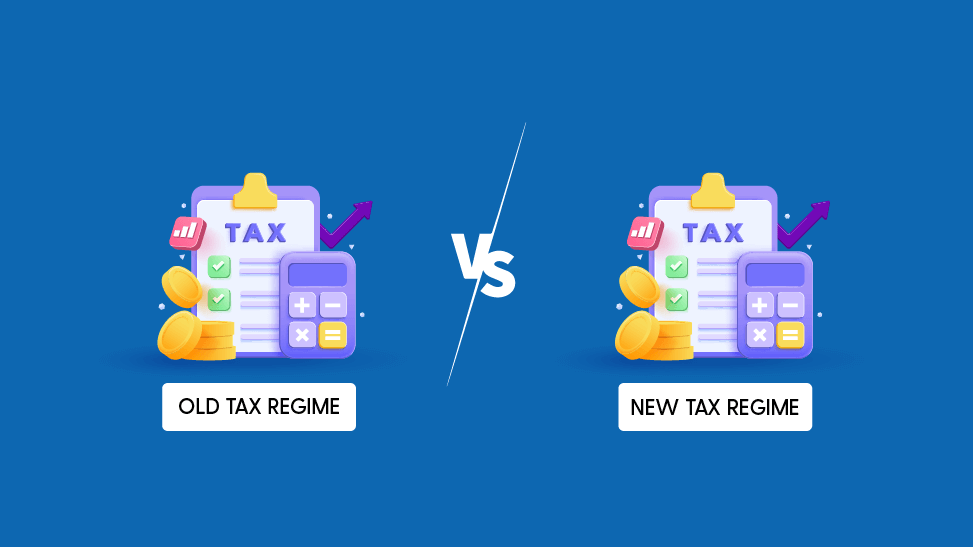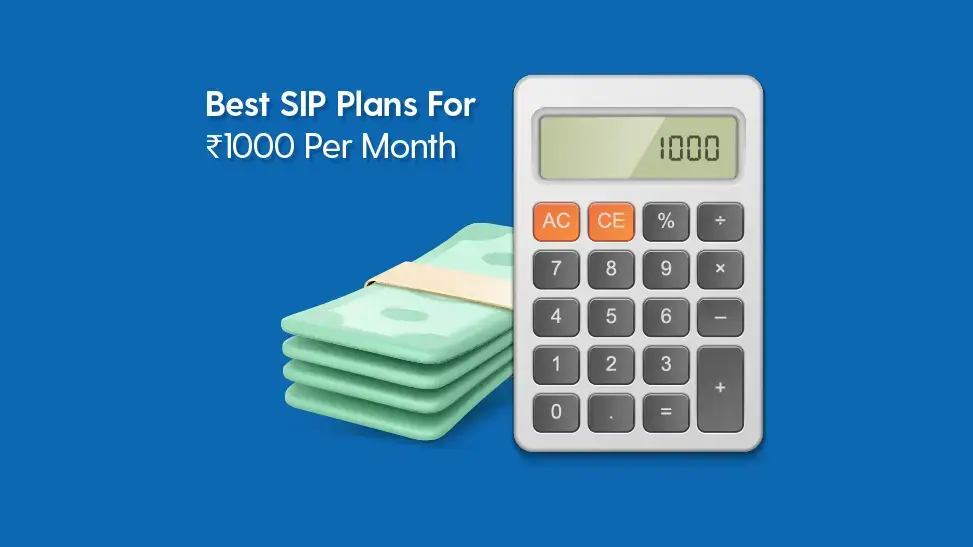Which is Better? Old Vs New Tax Regime

- Published Date: March 21, 2024
- Updated Date: June 18, 2025
- By Team Choice
India's income tax landscape changed significantly with the introduction of a new tax regime from the fiscal year 2024-25. This guide provides a comprehensive analysis of the new and old tax regimes, helping you understand the differences in tax rates, available deductions, and their impact on taxpayers across various income.
Overview of the Tax Regimes
Taxpayers in India can choose between the old regime and the new regime. The new tax regime offers lower tax rates, simplified tax slabs, and a higher tax rebate limit. In exchange, it requires forgoing certain deductions and exemptions available under the old regime.
Features of the New Tax Regime
The new tax regime, introduced in April 2020, is governed by Section 115 BAC of the Income Tax Act of 1961. It offers lower tax rates for individuals and Hindu Undivided Families (HUFs) who opt not to utilize certain deductions and exemptions.
Key Features
Increased Tax Rebate Limit: The total tax rebate limit has been raised to Rs 7 lakh, exempting those with incomes up to that amount from tax liabilities.
Revised Tax Slabs: The tax exemption limit has been increased to Rs 3 lakh, with simplified tax slabs for income brackets.
Standard and Family Pension Deduction: A standard deduction of Rs 50,000 is now available to all taxpayers. Family pensioners can deduct Rs 15,000 or one-third of the pension (whichever is lower).
Surcharge Reduction: The surcharge rate for high-net-worth individuals earning above Rs 5 crore has been reduced from 37% to 25%, decreasing the effective tax rate.
Higher Exemption Limits: Non-government workers benefit from an increased exemption limit of Rs 25 lakh, up from Rs 3 lakh.
Examining the Old Tax Regime
The old tax regime, prevalent before the new system, offers around 70 exclusions and deductions to reduce taxable income. These include deductions under Section 80C, medical expenses, education, housing, and rent allowances.
Comparison of Old and New Tax Regimes
To better understand the differences between the old and new tax regimes, let's break down the comparison:
| Aspect | Old Regime | New Regime |
|---|---|---|
| Tax Rates | Higher tax rates across income brackets | Lower tax rates in each income bracket |
| Tax Slabs | Multiple slabs with higher rates | Simplified tax slabs |
| Deductions | Wide range of deductions, including Section 80C | Limited deductions, such as standard deduction |
| Exemptions | Comprehensive exemptions, such as HRA and LTA | Minimal exemptions, such as family pension deduction |
| Tax Rebate Limit | Lower tax rebate limit | Increased tax rebate limit of Rs 7 lakh |
| Surcharge for HNIs | Higher surcharge rates for income over Rs 5 crore | Reduced surcharge rates for income over Rs 5 crore |
| Non-Govt. Worker Exemption | Exemption limit of Rs 3 lakh | Increased exemption limit of Rs 25 lakh |
Annual Income Tax Slab
| Annual Income | Income Tax Slab (Old Regime) | New Regime FY |
|---|---|---|
| Up to Rs. 3 lakhs | Nil | Nil |
| Rs.3 – 6 lakh | 5% | 5% |
| Rs.6 – 9 lakh | 20% | 10% |
| Rs. 9-12 lakh | 30% | 15% |
| Rs. 12-15 lakh | 20% | |
| Rs. 15 Lakh and above | 30% |
Example Calculation
To illustrate how the new and old regimes impact taxpayers differently, let's consider an example where the taxpayer earns a salary of Rs 8,00,000.
Old Regime
- Salary: Rs 8,00,000
- Less Standard Deduction: Rs 50,000
- Taxable Income: Rs 7,50,000
The tax is calculated as follows:
- 0% on the first Rs 2,50,000
- 5% on the next Rs 2,50,000 (5% * 2,50,000 = Rs 12,500)
- 20% on the next Rs 2,50,000 (20% * 2,50,000 = Rs 50,000)
Total tax under the old regime: Rs 62,500
Cess @4%: Rs 2,500
Total tax inclusive of cess: Rs 65,000
New Regime
- Salary: Rs 8,00,000
- Less Standard Deduction: Rs 50,000
- Taxable Income: Rs 7,50,000
The tax is calculated as follows:
- 0% on the first Rs 3,00,000
- 5% on the next Rs 3,00,000 (5% * 3,00,000 = Rs 15,000)
- 10% on the next Rs 1,50,000 (10% * 1,50,000 = Rs 15,000)
Total tax under the new regime: Rs 30,000
Cess @4%: Rs 1,200
Total tax inclusive of cess: Rs 31,200
Decision-Making Factors
- Income Level: The new regime is advantageous for lower income earners, while higher earners may prefer the old regime for more deductions.
- Deductions and Exemptions: Evaluate your eligibility for deductions and exemptions under each regime.
- Simplicity vs. Savings: The new regime emphasizes simplicity, while the old regime may yield more significant tax savings.
Conclusion
Choosing between the new and old tax regimes requires careful consideration of your financial situation, income level, and eligibility for deductions and exemptions. By weighing the benefits and drawbacks of each option, you can optimize your tax planning and achieve your financial goals.
Recommended for you

How To Check Your Income Tax Refund Status in India

Indian Stock Market Prediction For Next Week

FII DII Data - Live Data
